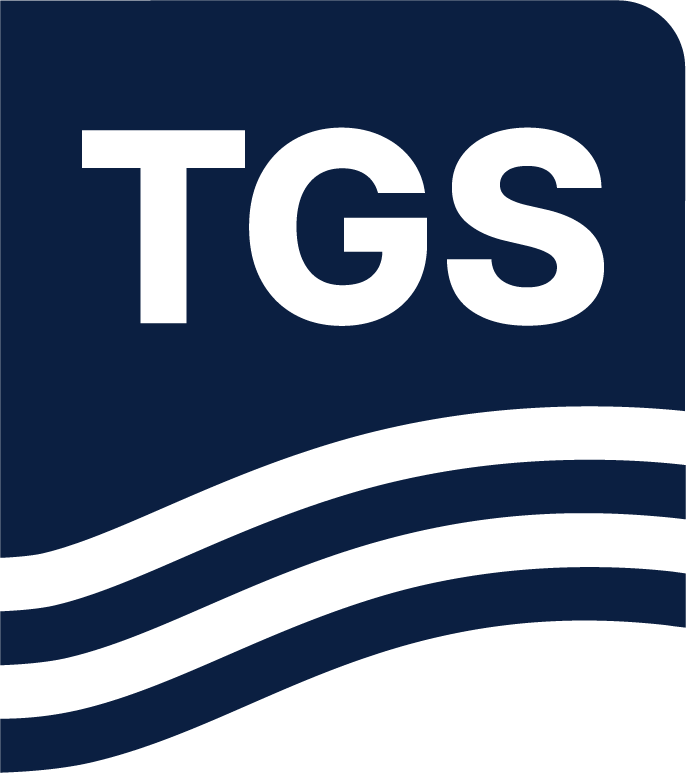Exploration is usually performed in a phased approach, regional 2D is initially acquired with very
sparse line spacings (20-50 km), this is then followed by a period of densification over specific
areas, where 2D is shot on much finer line spacings (5-10 km). After this screening phase, 3D
data is acquired on specific areas. This can lead to modern day exploration being overly focused
to where only 3D exists.
To maximize the value from the historical 2D library, we took the existing 2D from both the ANP
database and TGS data library, totaling over 160,000 line km, to generate a regional 3D dataset
in excess of 265,000 km2. To do this we implemented a technology known as 2Dcubed
(Whiteside et al, 2013, O’Keefe 2017, Davies 2023).
This involved the matching and merging of several hundred lines of 2D seismic, each with
numerous intersections, all from various vintages of acquisition and processing, which is then
interpolated using a structurally consistent interpolation to create a single contiguous dataset that is designed for regional screening. In areas where final processed gathers were available, we
also generated a series of AVO angle products to further de-risk exploration. This paper will
discuss the challenges in creating and processing large volumes of data and the steps associated with generating a 3D volume over a vast area.

